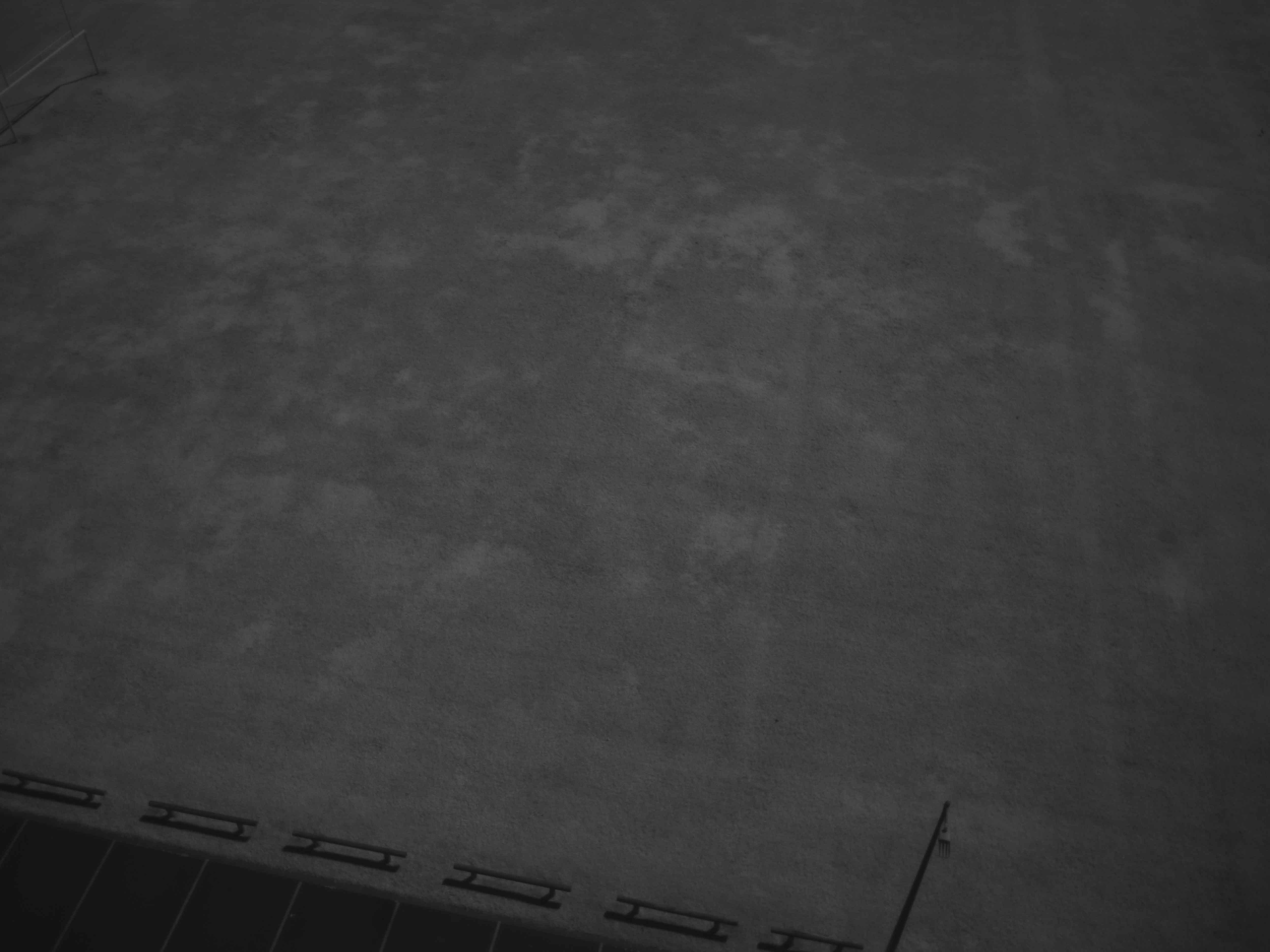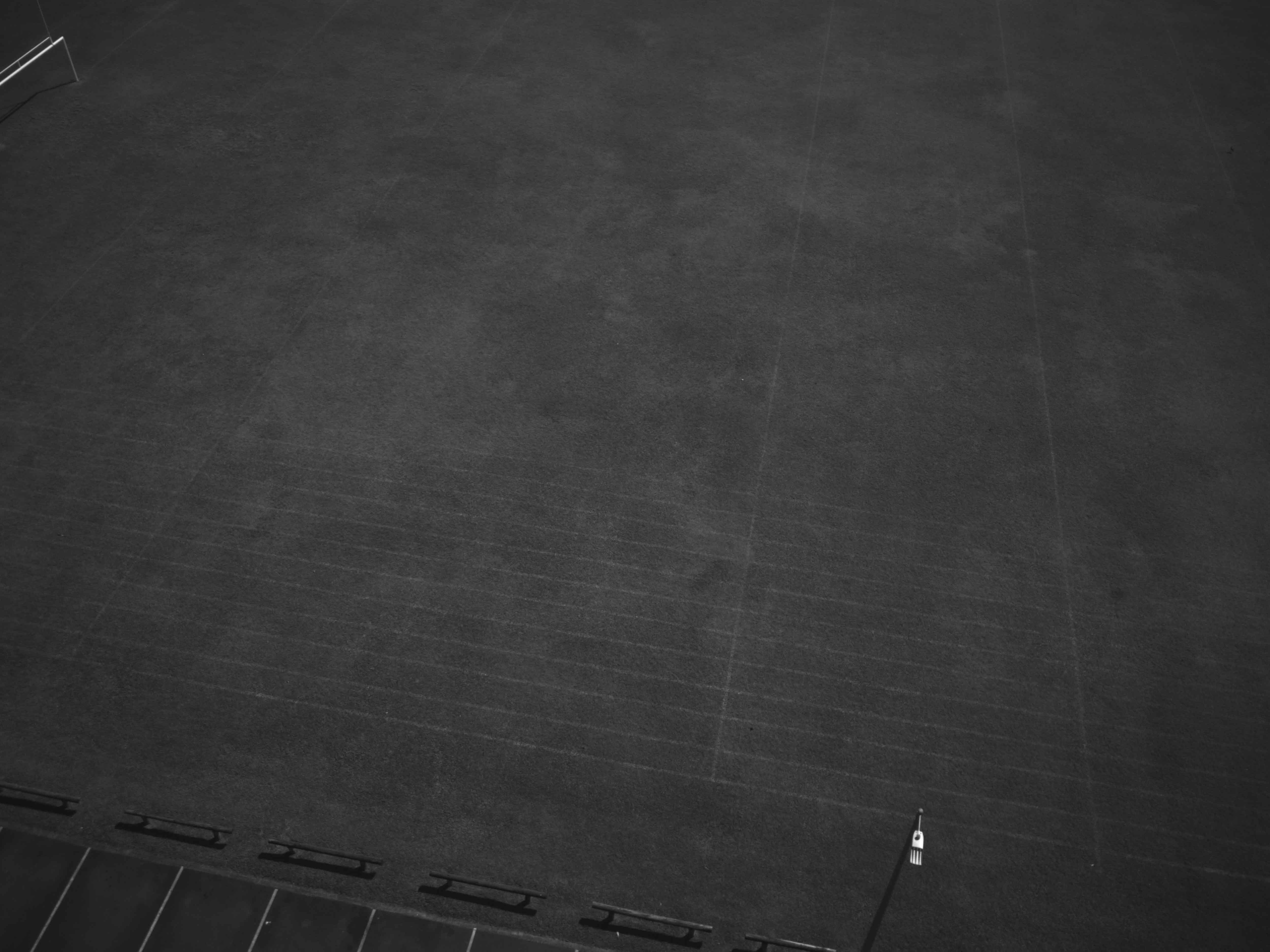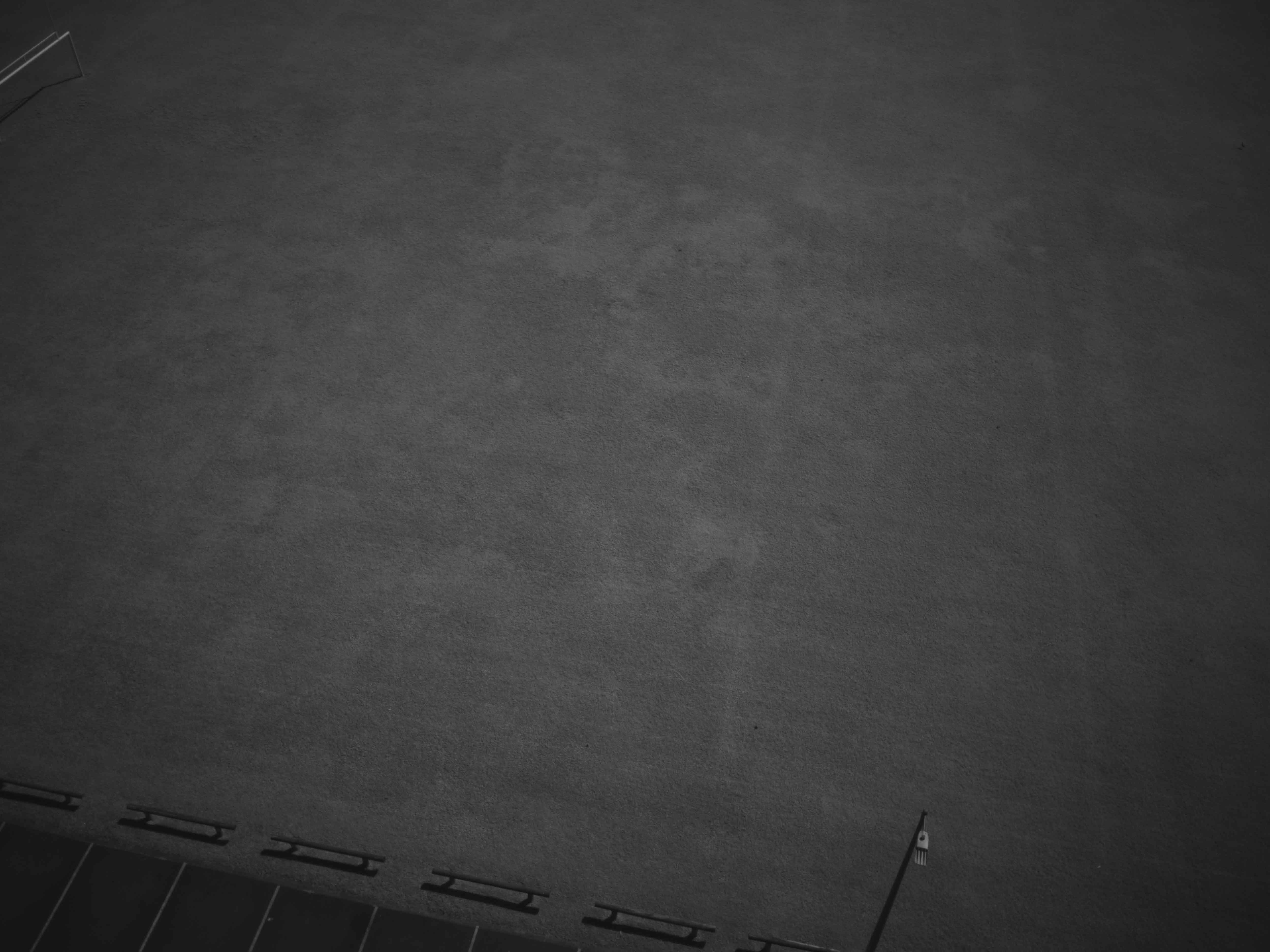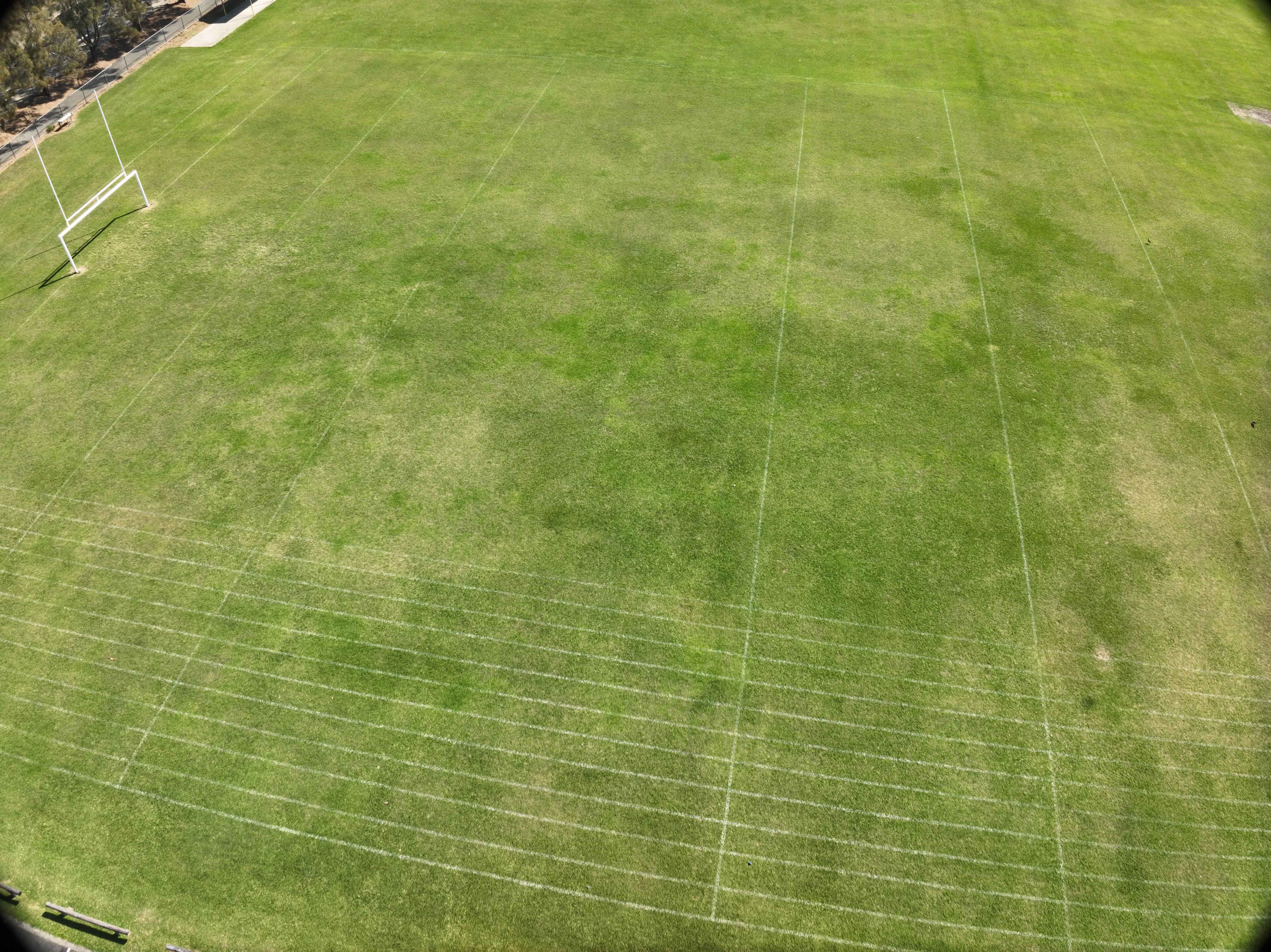Blue Band Sensor (450 nm ± 10 nm)
Primary Applications:
Bathymetric mapping, Soil type classification,
Water body analysis
Key Characteristics:
Enhanced atmospheric penetration capabilities. Optimised for water reflection analysis. Critical for aquatic vegetation monitoring & Soil composition assessment

Green Band Sensor (520 nm ± 10 nm)
Primary Applications:
Vegetation peak reflectance measurement,
Canopy structure analysis & Early growth stage monitoring
Key Characteristics:
Optimised for green reflectance peak detection. Critical for photosynthetic activity assessment. Leaf structure analysis &
Plant vigor evaluation.

Red Band Sensor (630 nm ± 10 nm)
Wavelength Range: 620-640 nm
Primary Applications:
Chlorophyll absorption monitoring,
Plant stress detection,
Vegetation density mapping.
Key Characteristics: Essential for NDVI calculations. High sensitivity to vegetation health variations. Crop disease detection &
Biomass estimation.

Red Edge Band Sensor (770 nm ± 10 nm)
Primary Applications: Early stress detection,
Nitrogen content assessment, Crop health variability mapping
Key Characteristics:
Critical transition zone measurement,
Enhanced sensitivity to chlorophyll content changes,Early warning system for crop issues
Nutrient deficiency detection.

Near-Infrared (NIR) Band Sensor (840 nm ± 26 nm)
Primary Applications:
Biomass quantity assessment, Crop water stress monitoring & Plant vigor mapping.
Key Characteristics:
Optimal for vegetation structure analysis,
Key for multiple vegetation indices,
Water content assessment & Plant health monitoring.
Shop Now




